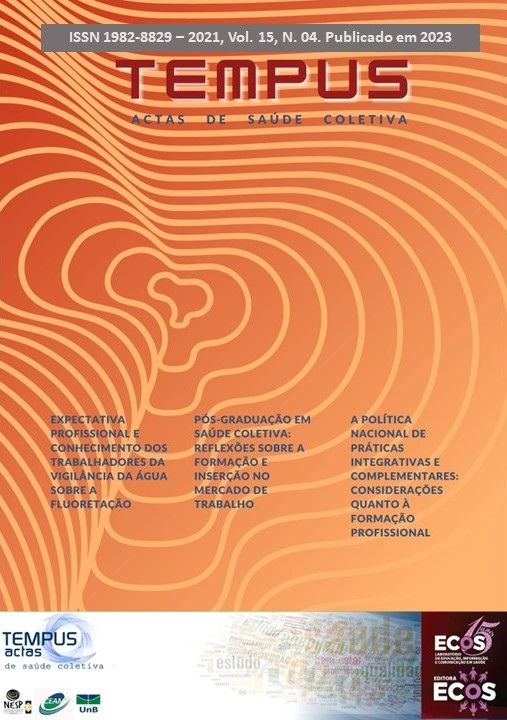Abstract
Funding in the Unified Health System in the northeastern states between 2007 and 2017, under the terms of the funding blocks, was analyzed. A quantitative study used the System on Public
Health Budgets (SIOPS), analyzing seven indicators: Total Expenditure on Health; Total Health Expenditure per Inhabitant; Correction of the values ??of the Total Health Expenditure per Inhabitant; Actual Increase in Total Health Expenditure per Inhabitant; Percentage of Federal Health Transfers; Percentage of Own Revenue applied to Health; Proportion of Health Expenditure by Financing Blocks. Among the northeastern states, the highest total expenditure on health/inhabitant was R$ 544.60; the biggest real increase in health expenditure/habitant was R$158.00. In 2017, all states invested the minimum proportion of the treasury and between 2007 and 2017, there was a decrease in investment in three states. There was a reduction in the proportion of federal transfers to the states and in the three years, more than 70% of the invested resources were destined to the Medium and High Complexity block, with a reduction in Health Surveillance actions. The perpetuation of the underfunding of the SUS, in the Northeast makes the consolidation of universalization and the right to health unfeasible.

This work is licensed under a Creative Commons Attribution 4.0 International License.
Copyright (c) 2023 Tempus – Actas de Saúde Coletiva
